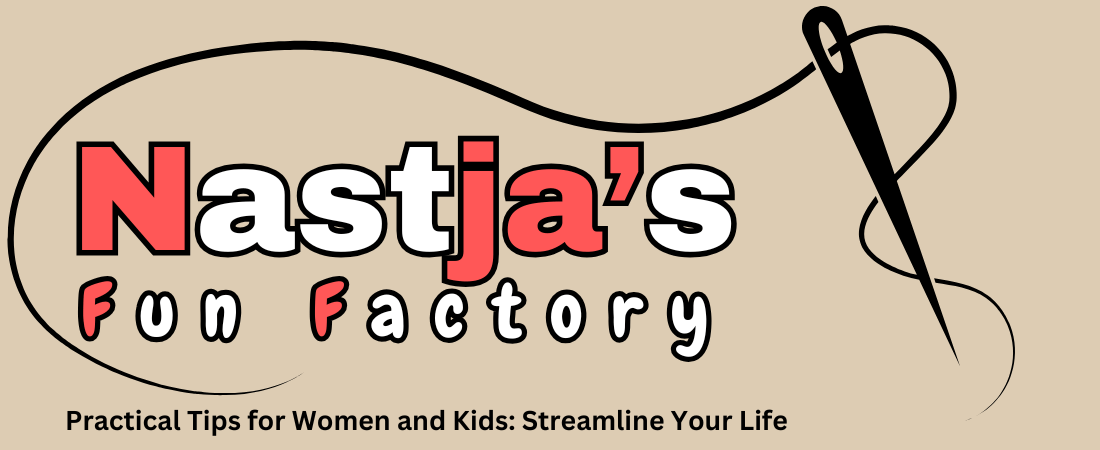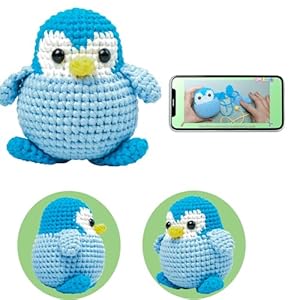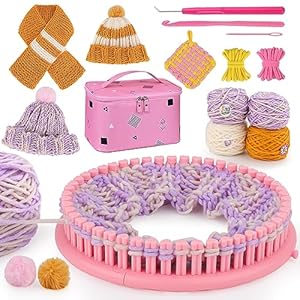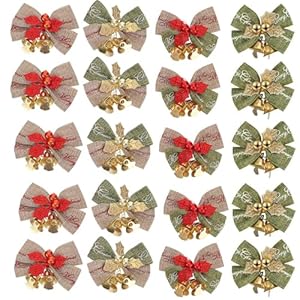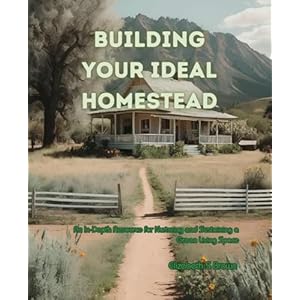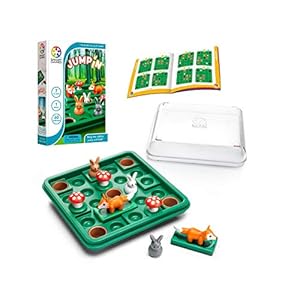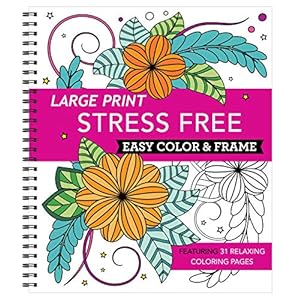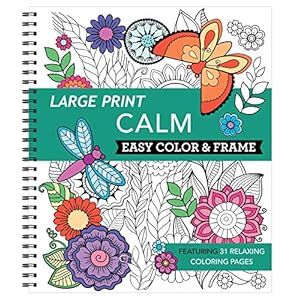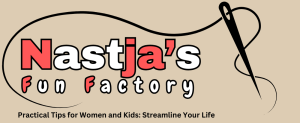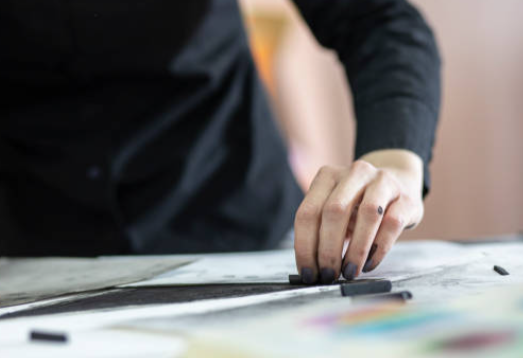
Five years ago, I stood in my studio feeling overwhelmed. The world was on fire. We were deep into the COVID-19 pandemic, and emotions of grief, anger, and injustice were flooding the streets after appalling racist events. To deal with my inner turmoil, I picked up a pastel and painted. Then I wrote about how we can use art to respond to social crisis—not to offer answers, but to witness, to feel, to make something in the face of experiencing powerlessness. (You can read that original post here.) I wasn’t trying to make a statement. I just needed to mark the moment. To respond, somehow, with something more than silence. I now see it was a form of using art to express emotions.
Not everyone thinks of their art as something that needs to say anything… But art can also be a way of expressing emotion, even when the feeling is uncertain or private.
Many of us don’t think of our art as something that needs to say anything.
And that’s okay.
We paint landscapes, still lifes, portraits, abstracts—capturing light, beauty, mood. We paint because we love it. Because it calms us. Because we’re called to it.
But what I’ve found—especially in difficult times—is that art can also be a way to speak about our feelings. To release our fury, our frustration, our anguish. To process an idea when words fall short. To say something about the world, even if no one else sees what we do.
Using art to express emotions doesn’t require clarity. Or skill. Or even the intention to make a finished piece.
You don’t have to know what to say.
You don’t have to share it with anyone.
You don’t even need to understand it fully.
You can just…begin.

Pick up a pastel. Or brush. Or charcoal. Let your hand move. Let your heart lead the way. Let it all be messy and unfinished.
Because even if it’s only for you, that’s still a kind of speaking. A way of being present with the world as it is—and with yourself as you are.
Art doesn’t have to roar.
Sometimes it whispers.
Sometimes it sighs.
Sometimes it just holds space when everything else feels too much.
And that, too, is powerful.
So if you’ve ever thought:
“I don’t know how to cope with what’s going on.”
“I don’t know how to make art that says something or expresses my feelings.”
Maybe come at it from a different angle.
Instead, ask:
- Can I paint something that helps me feel this moment more clearly?
- Can I allow myself to respond through my marks, without needing it to be “about” anything?
- Can I let my art speak for me—even if I’m the only one listening?
Five years on, I still don’t have all the answers. But I know this:
Art helps me stay open.
It helps me be me.
And it still has something to say.
You don’t need to know what to paint. Just allow yourself to respond. That’s at the heart of using art to express emotions—not in some polished, perfect process, but through something raw, intuitive, and honest.
Has your art ever helped you move through a hard time? I’d love to hear about it so feel free to share in the comments.
Until next time,
~ Gail
Trending Products
